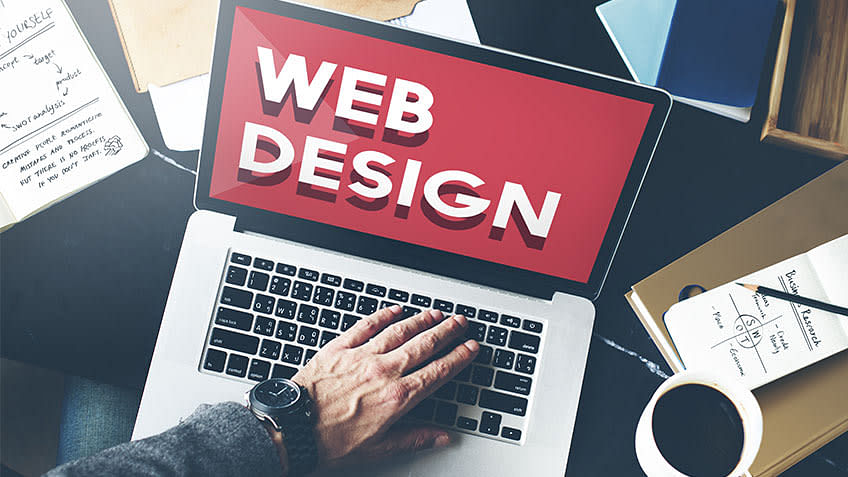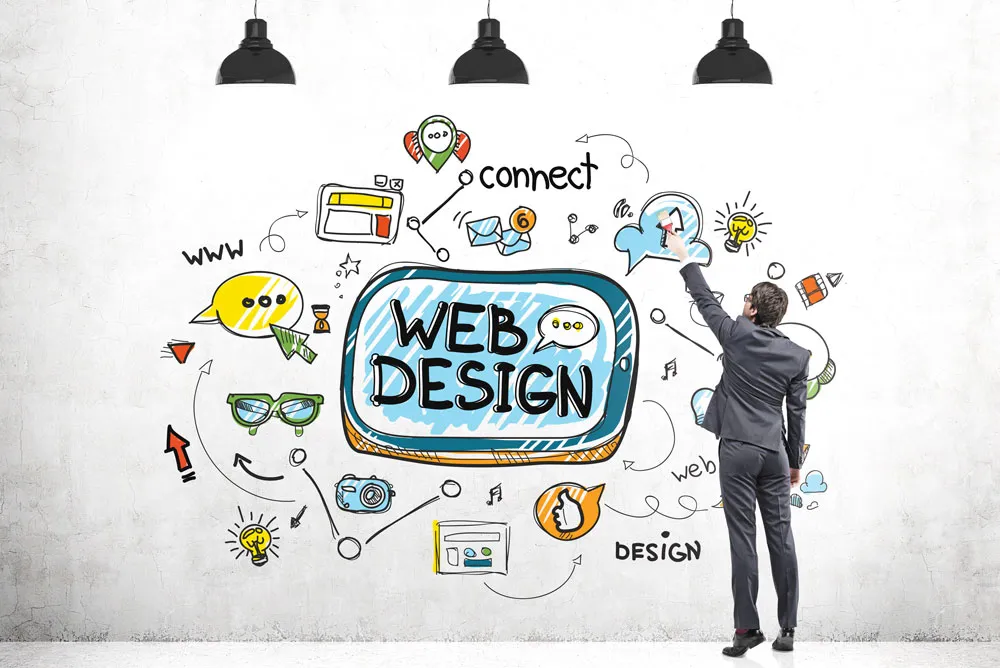Expert Website Developer Solutions for Seamless Capability
Recognizing the Significance of Website Design in Enhancing Customer Experience and Engagement
In the digital landscape, the importance of internet style in forming user interactions can not be overemphasized. Comprehending how internet layout influences user experience and interaction is important for organizations looking to stand out in a jampacked online atmosphere.
Influence of Internet Layout on Customer Assumption
When it comes to the on-line world, website design plays a vital role fit how customers perceive a site and its material. The layout components, design, shades, fonts, and general looks of a site all collaborate to produce an impression that can significantly affect customer perception. A well-designed website not only brings in customers but also keeps them involved and urges them to discover even more.
User understanding is influenced by numerous style factors. For example, a orderly and clean design shares expertise and dependability, making individuals more probable to remain on the website. Additionally, the use of ideal colors and typefaces can stimulate particular emotions and enhance readability, hence improving the general individual experience. On the various other hand, a poorly developed site with cluttered web pages, perplexing navigating, or out-of-date visuals can lead and hinder customers to high bounce prices.

Elements of User-Friendly Style
What key elements add to the development of a straightforward website design that boosts the general online experience for visitors? User-friendly layout is important for making sure that visitors can navigate an internet site conveniently, locate the details they need rapidly, and have a pleasurable experience. One crucial element of user-friendly layout is instinctive navigating. This includes a clear food selection structure, easily accessible links, and a search feature that assists users locate specific web content. Responsive layout is likewise necessary, guaranteeing that the website adjusts perfectly to different tools and screen dimensions.
In enhancement to navigation and responsiveness, using white space can substantially influence individual experience. White space helps to produce a uncluttered and clean design, making it simpler for site visitors to concentrate on the material. Regular branding, consisting of making use of shades, fonts, and imagery, likewise plays a crucial role in developing a visually enticing and cohesive design that improves individual involvement.
Role of Visual Charm in Interaction
The structure laid by user-friendly style principles, such as intuitive navigation and responsive formats, establishes the stage for checking out the significant effect of visual charm on customer interaction. Visual appeal plays a vital function in catching customers' interest and keeping them engaged on a web site. When a site is aesthetically attractive, it develops a positive impression, instilling trust and reliability in the customer. Shades, typography, images, graphic design agency and overall visual appeals add to the overall appeal of a web site.
Including aesthetically appealing components not just improves the user experience but additionally influences individual actions. Researches have actually shown that users are much more likely to stay longer on an internet site that is visually enticing compared to one that is plain or outdated (website developer). Additionally, aesthetic appeal can help convey info a lot more efficiently, leading customers via the web content and triggering them to take sites wanted activities
Enhancing Navigating for Better Experience
Effective navigating plays a critical role in elevating the general user experience of a website, ensuring smooth interaction and exploration for site visitors. A well-structured navigation system overviews individuals through the site, helping them locate the information they look for rapidly and effortlessly. Clear and instinctive navigating menus, such as dropdown food selections, breadcrumbs, or search bars, improve customer experience by lowering the time and effort called for to locate particular web content.
In addition, executing responsive style concepts in navigating enables for a constant experience across various devices, providing to the varying needs of customers accessing the web site from desktop computers, laptop computers, or mobile devices. By enhancing navigating for mobile devices with touch-friendly aspects and streamlined food selection frameworks, designers can better boost customer involvement and satisfaction.
Moreover, incorporating aesthetic hints like contrasting colors, float impacts, or animations can accentuate vital navigating aspects, enhancing usability and assisting customers through the internet site effectively. In general, prioritizing navigation in website design leads to boosted user experience, boosted involvement, and greater retention rates.
Conversions and Brand Commitment Advantages
Enhancing a web site's navigating not just boosts customer experience however also contributes dramatically to cultivating and enhancing conversions brand loyalty. When individuals can conveniently locate what they are looking for on an internet site, they are most likely to engage with the material and eventually transform, whether that implies purchasing, signing up for an e-newsletter, or filling out a contact form. A well-structured navigation system overviews users with the internet site seamlessly, leading them to the preferred activities and boosting the chance of conversion.
When individuals have an enjoyable interaction with a website, they are a lot more inclined to return in the future, suggest the website to others, and create a read sense of trust fund and loyalty in the direction of the brand. Investing in internet layout to enhance individual experience can have a straight influence on conversions and long-term brand commitment.

Conclusion
Finally, the value of internet style in improving user experience and involvement can not be overemphasized. By concentrating on components such as straightforward style, aesthetic allure, and navigation, websites can properly retain and record individual passion. This ultimately leads to boosted conversions and brand commitment. It is crucial for organizations to focus on web layout as a way to improve user assumption and general online success.
When it comes to the on the internet realm, web layout plays a critical role in shaping how individuals regard a site and its web content. The style elements, design, shades, typefaces, and overall aesthetic appeals of a website all work with each other to develop a very first perception that can greatly impact customer understanding. On the other hand, a poorly created site with messy web pages, confusing navigation, or out-of-date visuals can lead and discourage customers to high bounce prices.
Incorporating visually appealing components not just boosts the customer experience yet likewise influences user habits. web design. By focusing on elements such as easy to use style, aesthetic charm, and navigating, internet sites can efficiently keep and catch individual passion